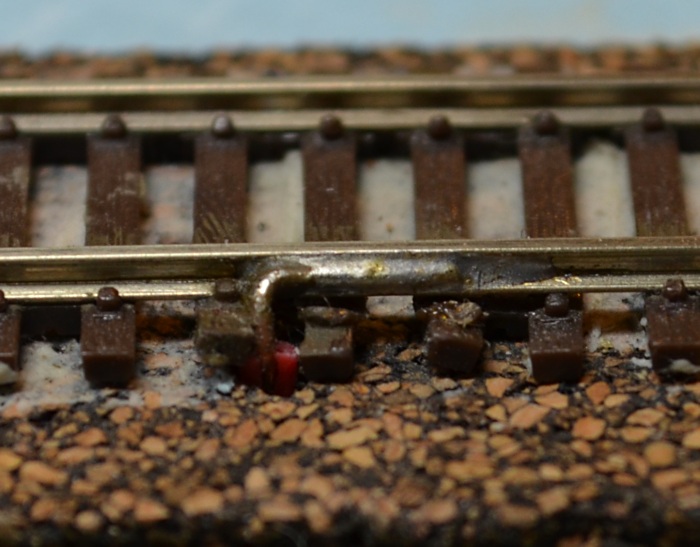I use wire stripped out of ethernet cable for feeders, 24 gauge solid, for the reasons people have said, and being small, it's unobtrusive. You wouldn't want to run track power long distances over wire that small, but for a few inches you'll never notice any voltage drop. (0.025 ohms per foot, I looked it up.) I usually solder feeders to either the inside or the outside of the rail, whichever is less visible. Wire that size doesn't interfere with passing wheel flanges, if you do a neat job.
It's counter-intuitive, but I don't agree about soldering iron size. The problem with a small iron might be that you could sit there half the day trying to heat up a section of rail, while the whole area cooks. Whereas if you come in with plenty of power, you can get the job done quickly, before heat spreads very far. Sure, you can do some damage with a big iron. It's important to know how to avoid that!



